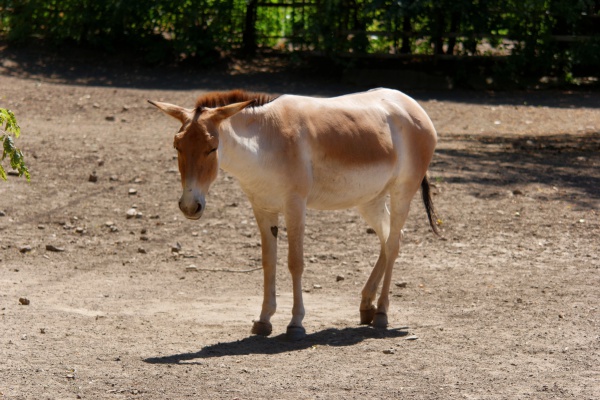Facts About Dziggetai, Kulan, Kiang
The onager, also known as the hemione or Asiatic wild ass, is a fascinating member of the Equidae family native to Asia. First described by German zoologist Peter Simon Pallas in 1775, this swift animal can reach speeds of up to 70 km/h and is larger than its African wild ass counterparts. Unlike some other equids, onagers have never been domesticated and are typically found in the deserts and arid regions of Asia.
Regrettably, the onager's numbers have dwindled due to habitat loss and poaching. The International Union for Conservation of Nature (IUCN) classifies the onager as Near Threatened, with one of its five subspecies already extinct and two others endangered. Conservationists are working diligently to reintroduce Persian onagers in the Middle East to replace the extinct Syrian wild ass.
The name "onager" is derived from the Greek word for wild donkey, while "hemionus" means half-donkey or mule. The onager is part of the subgenus Asinus within the genus Equus and boasts an ancient lineage, having existed for over 4 million years.
Onagers thrive in a variety of habitats, including deserts, grasslands, and mountains. They are herbivores, feeding on grasses, herbs, leaves, and fruits. However, they face threats from predators such as leopards and wolves, as well as from human activities including poaching and habitat destruction.
To combat these threats, conservation efforts include breeding programs in captivity and reintroducing subspecies to their former habitats. Legal protection and community involvement are also crucial to preserving these animals. Despite their long history of interaction with humans, onagers have always been notoriously difficult to tame.

 Iran
Iran